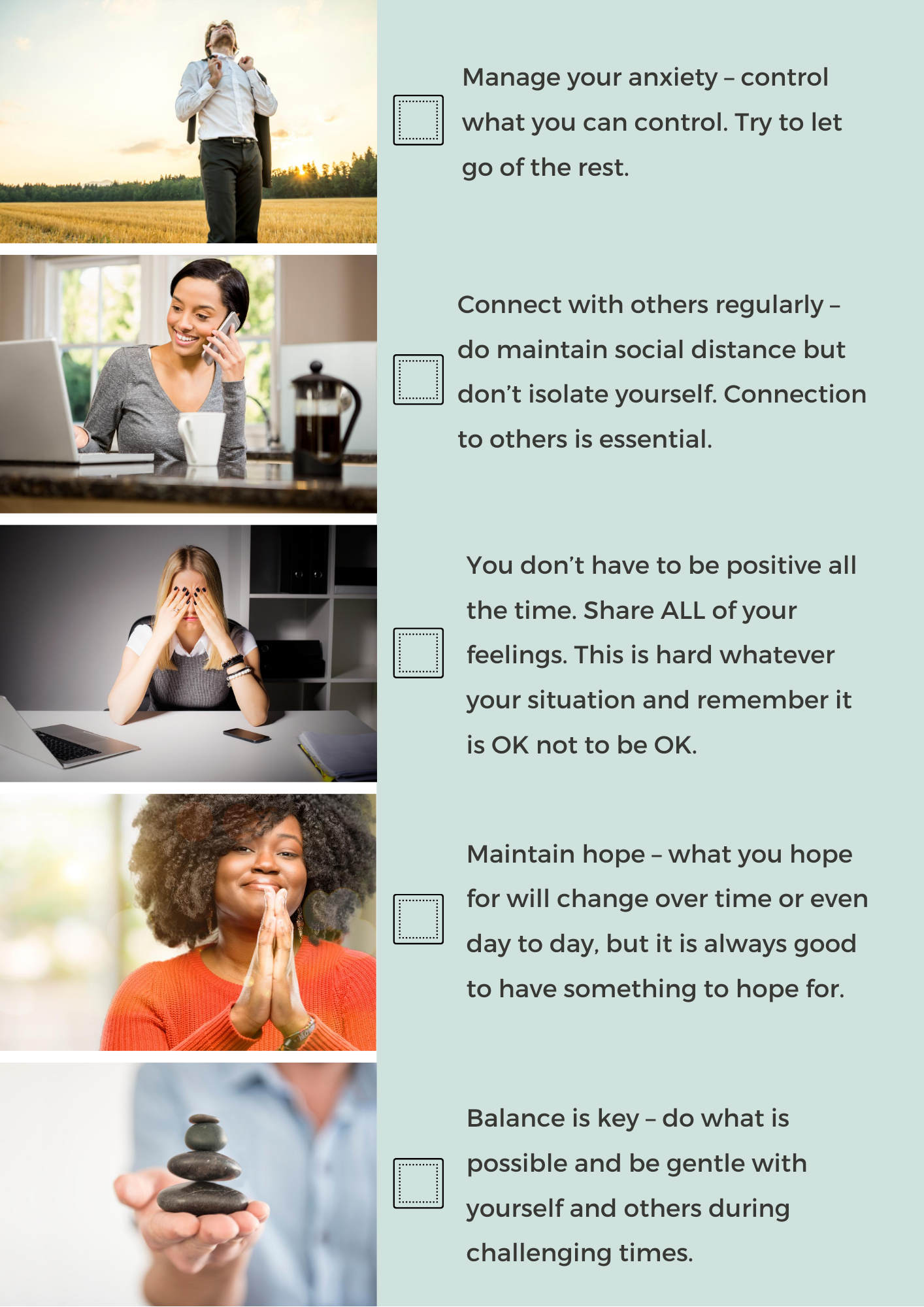Are Myeloma Clinical Trials More Critical for African Americans? from Patient Empowerment Network on Vimeo.
Are multiple myeloma clinical trials becoming more critical for African, Hispanic, Asian, and other racial and ethnic groups as U.S. demographics change? Watch as Dr. Sikander Ailawadhi from the Mayo Clinic explains the impact of low trial participation rates by African Americans and his experience with some of his myeloma patients.
See More From the Diverse Partners in Your Myeloma Care Program
Transcript:
Rebecca Law:
Dr. Ailawadhi, the demographic in America is changing quite rapidly. Does this mean clinical trial participation is more critical than ever?
Dr. Sikander Ailawadhi:
It absolutely is, Rebecca. There is no way to kind of shine enough of a bright light on this topic. And I’m glad that we’re talking about it. There is more interest and also more thought process being put behind it. So you’re right in saying that the demographics are changing quite a bit. So we don’t know how and when we’ll get all the 2020 Census data; but over the past few years, the Census Bureau has been releasing updates where we know that Hispanics are the fastest growing racial ethnic group in the country and followed by Asians and African Americans are already a huge part of our demographic. So whatever we’ve discussed before when we said that patients can present at different ages, they can present with different symptoms, we also know from our experience of other diseases like hypertension, high blood pressure, diabetes, that the way certain drugs are metabolized could be inherently genetically different between, let’s say, African Americans and whites.
Unfortunately, in myeloma, we don’t know any of that, because clinical trial participation overall in cancer and also especially in myeloma, in a disease where African Americans may be affected by this diagnosis way more, the clinical trial participation is extremely low, in single digits. Which means that all the drugs that we utilize are FDA-approved, have become FDA-approved with not enough safety or benefit data in racial ethnic minorities. Now, I’m not saying that there is any problem in using those drugs; we use them, they benefit patients outrightly. But I think that underscores the importance that clinical trial data and generating robust safety and benefit data in all racial ethnic groups, considering that our demographic 10 years from today is not going to be what it is now or what it was 10 years ago. So understanding the dynamics of drugs, their impact, their benefit, their safety, in all racial ethnic groups becomes extremely important. And that can only be done when either clinical trials are specifically done in those populations, which, as Diahanna mentioned very well, appropriately before, it’s a very challenging thing, because there has been a traditional lack of trust there. So it becomes very important.
I can tell you that I had mentioned earlier that we’re doing a questionnaire just to understand why patients don’t want to go on clinical trials, or do they not want to go on. It’s just maybe, it’s an access issue. And I distinctly remember—I cannot take an anecdotal look at it, because I’m a clinician, I’m a researcher, I’m not supposed to look at the end of one. But I’ve had at least two specific cases where newly diagnosed multiple myeloma African American patients who’ve come, and I’ve very clearly explained to them that I’m just wanting them to consider going on this study with a one-time questionnaire. No samples, no bone marrows, no treatment, no nothing. All I want to understand is what they think about clinical trials. It’s a five-page questionnaire, 50 questions, multiple choices. We’re not taking any other data. Both these patients took the—they signed the consent, so they took the questionnaire. They took it home, we could do it electronically, but they said they wanted to think about it.
“Know what? I don’t feel comfortable with going on a clinical trial, even though it’s a one-time questionnaire. I’m going to kind of respectfully decline.” And I initially could not understand the whole thought process because it seemed, “Well, it’s just a questionnaire. We do so many surveys online.” But I’ve talked to them several times since then, and the thought process, which Diahanna brought, up about that lack of trust, that came out loud and clear. These patients are still receiving their treatment with us, because initially there were concerns, they said, “Well, if I don’t do the questionnaire, maybe this doctor won’t treat me.” They’re receiving their treatment with us, they are continuing, we’re good, we have a very good relationship, but they decided not to go on those. So I think clinical trial participation is extremely important, especially because of the changing demographics, like you said.











